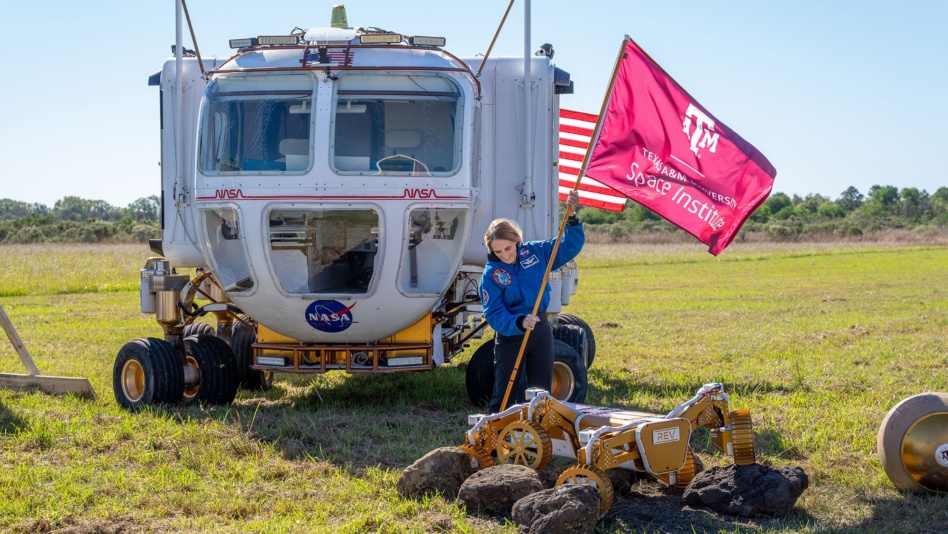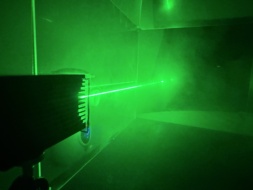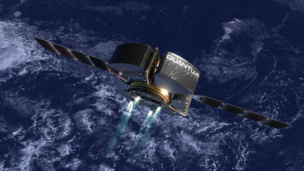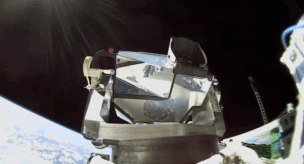Officials from Texas A&M University and NASA gathered next to the Johnson Space Center on Friday to break ground on a new $200M Space Institute.
The 32-acre facility will be located in the Johnson Space Center’s Exploration Park, a 240-acre development of underutilized federal land adjacent to JSC.
Out of this world: The Space Institute intends to put Texas at the forefront of the new space age, providing facilities to assist on future missions to the Moon and Mars, while encouraging more Texas students to join the space industry.
“Everything in the past with regard to NASA has been about orbiting, but all the sudden there’s something different that’s a mission…colonizing the South Pole of the Moon, colonizing Mars, and so you need a place where robots can roam free, where you can test all your facilities,” John Sharp, chancellor of the Texas A&M University system, said at the ceremony.
The Space Institute will include lab and office space, classrooms, an auditorium, as well as two football-field sized landscapes that simulate the lunar and Martian surfaces.
Officials at A&M envision a wide range of use cases for the Space Institute, including:
- Engineering design and development: The facility will have spaces to help scientists develop and test tech, such as spacesuits, extraterrestrial landers, habitats and energy systems.
- Science curation and mission development: Researchers at the facility will be able to conduct planetary and extraterrestrial atmospheric studies, materials science, biological research, and space instrument development.
- Human health and space medicine: The building will also support astronaut testing and training, human-systems integrations, and space medicine research.
Not just for kids: “We are already committed to the idea of space as a major part of the future of Texas A&M; this will allow us to offer new degree programs…new educational pathways for our students, and experiences they couldn’t get anywhere else,” said Texas A&M President Mark Welsh.
While the facility will be home to Texas A&M’s growing engineering and space-based curricula, it will also help to push forward the ambitions of the entire space economy, including industry and international partners, said Vanessa Wyche, director of NASA’s Johnson Space Center.




